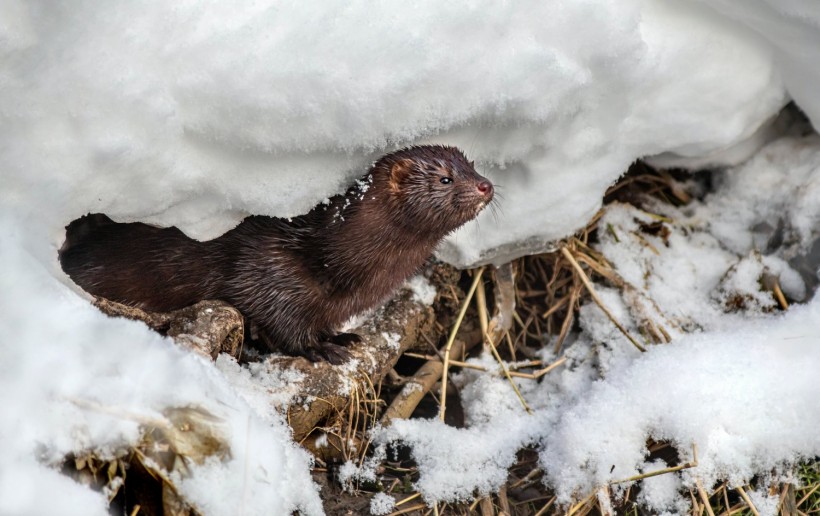Around 3,000 minks in Wisconsin have been recently released in the wild, with animal activists assuming responsibility over the action.

Thousands of minks from Olsen Fur Farm in Independence, Wisconsin, were released through a hole that was cut in a chain-link fence and also via opened cages.
The owner of the farm only discovered the incident the morning after.
Beneficial to minks
In their statement, the activists expressed belief that there is benefit to releasing several hundred minks as they have nothing to eat in the farms.
"We hope many of the minks enjoy their freedom in the wild and that this farm will be unable to breed thousands upon thousands of them in future years. They have an opportunity now to cut their losses and leave the fur industry forever," the group said.
The animal activists pointed out that fur farms only exist for fashion and profit.
They noted that although the industry had significantly declined in the past decades, hundreds of thousands of animals are still being bred and murdered for their fur every year.
They believed that the farm would have undoubtedly slaughtered the minks even if the animals are already living in the wild.
While others believed that their freeing minks are dangerous for them, animal activists said that they had felt real joy in witnessing the freedom attained by these animals.
"We hope this action inspires others to take similar action for animals near them. With a little planning and a few cheap tools, you too can liberate hundreds of creatures in a few short hours. Until all cages are empty, for humans and non-human animals alike. Free them all," the activists said.
The Wisconsin State Journal already stated that the incident is being investigated.
According to Detective Erica Koxlien of the Sheriff's Office, there have been similar incidents in the area before, however, it has been a while since the last.
Authorities said that workers at the farm have been using traps and fishing nets in order to recapture the minks.
Still, no exact figure has been provided if there are minks that were already recaptured.
Read Also: Minks Regrow Their Brains, Recover from Brain-Eating Infection, Reversing Effects of Domestication
What are minks
The Wisconsin Department of Natural Resources described mink as a semi-aquatic furbearer that is common throughout the state. These carnivores have short, dense, chocolate-colored fur and could also have white patches on their chest and belly.
A mink usually weighs 1.5 to 2 pounds, with males being larger than females.
Scientists said that minks have delayed implantation, meaning the fertilized egg does not implant to the uterine wall immediately.
They give birth in late spring after five to six ears.
They usually feed on muskrats, fish, reptiles, amphibians, waterfowl, eggs and small mammals like mice. While they prefer to hunt around water bodies, they are observed to travel and forage for food in upland habitats.
Experts observed that minks are also very active and inquisitive animals as they possess a keen sense of smell and sight.
They are most active at night as well as in early morning.
When they are on land, minks move with a quick, bounding lope, which they can continue for miles.
Related Article: 10,000 Minks Escape Ohio Farm After Breaking-Entering Incident, Threats to Poultry and Koi Ponds Ensue
Related Video:
© 2024 NatureWorldNews.com All rights reserved. Do not reproduce without permission.





